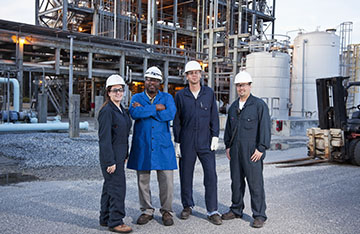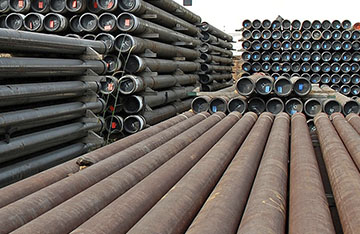Continued investment is needed to maintain or grow Permian production, due to shale’s steep decline curve
Crude oil production from a new Midland Permian well peaks at ~730 barrels per day (b/d) in the first full month of production and falls by >70% to ~200 b/d by the end of year one, according to Rystad data. This is a much steeper decline than seen in conventional wells, where production ramps up more slowly and plateaus before declining. On average, a shale well will produce ~80% of its total output within the first two years, while conventional wells typically only produce 10% of their total production over the same period. This steep decline curve indicates that consistent investment and development are needed to maintain or increase production. If all new drilling in shale basins were to stop, crude oil production could decline rapidly. For example, according to Rystad data, if all new drilling in the Permian were to stop at the end of 2025, production in the basin could decline by 2.2 mb/d (37%) by the end of 2026 and by 3.6 mb/d (60%) by the end of 2028.





